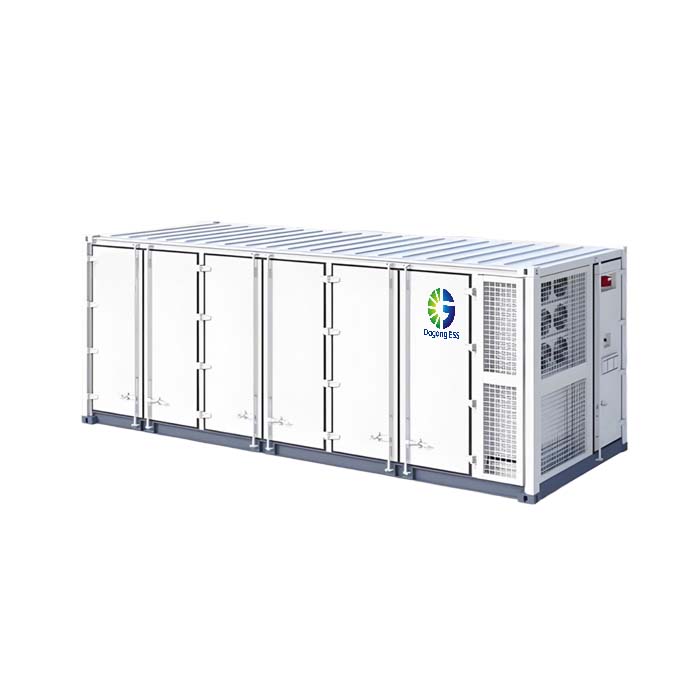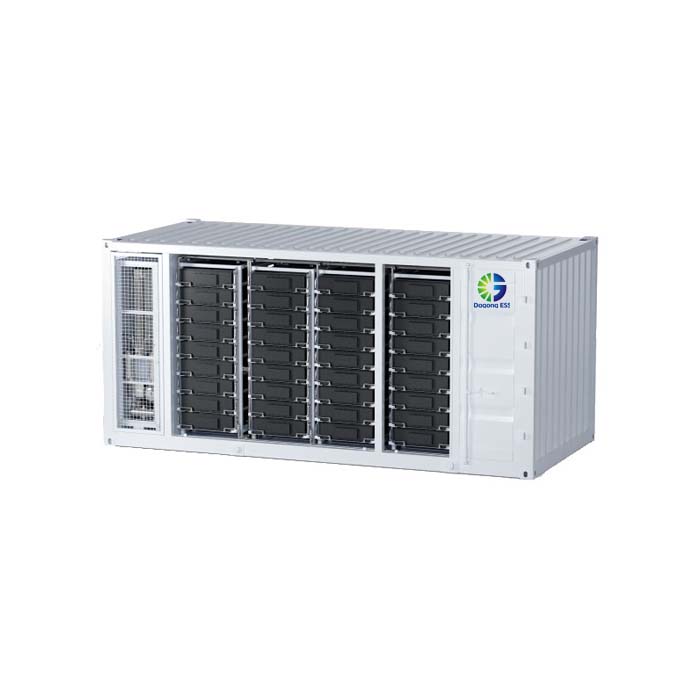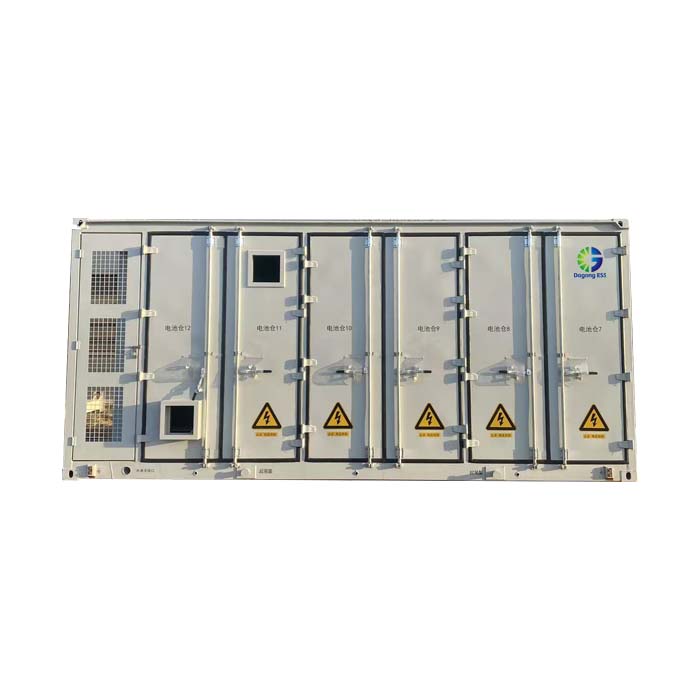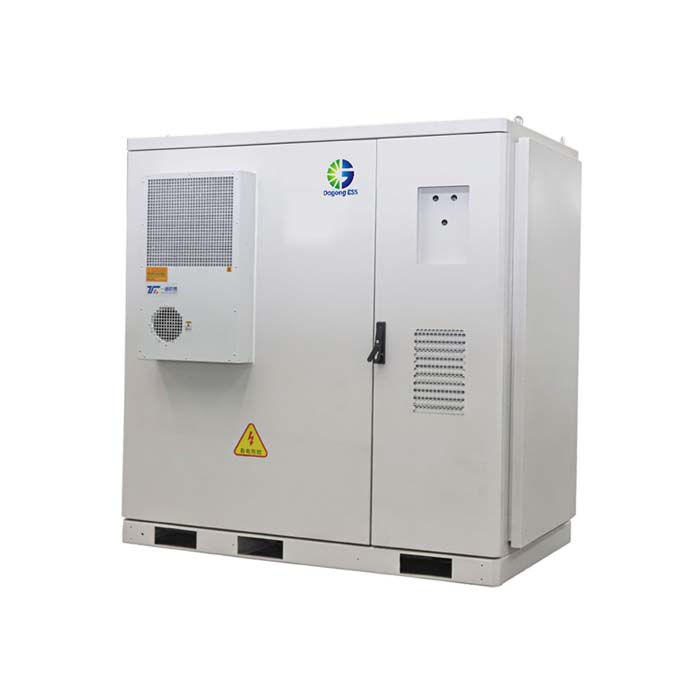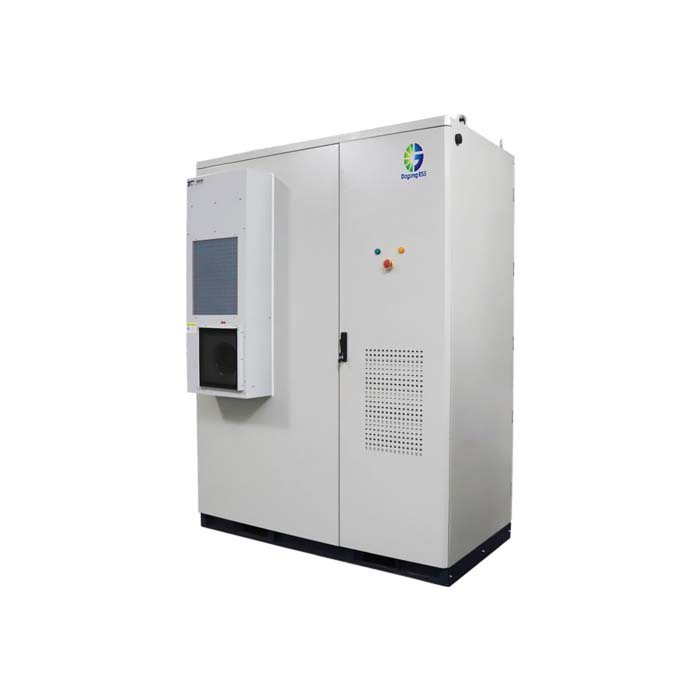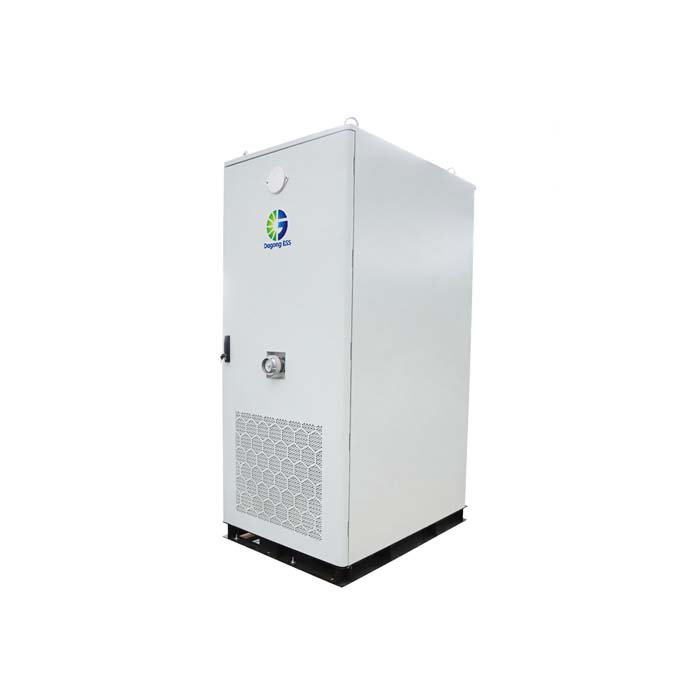Understanding Battery Cycle Life: What It Means for Energy Storage Systems
What is Battery Cycle Life?
Battery cycle life refers to the number of complete charge and discharge cycles a battery can undergo before its capacity falls below a defined threshold—commonly 80% of its original capacity. In simple terms, it measures how long a battery can remain effective in practical applications.
In the energy storage industry, cycle life is critical. Residential, commercial, and industrial users rely on batteries to operate daily for years. A higher cycle life means lower replacement frequency, improved cost-efficiency, and enhanced system reliability.
For example, Lithium Iron Phosphate (LFP) batteries often achieve over 8,000 cycles, equating to more than 15 years of daily use. This makes them especially attractive for solar energy storage, backup power, and grid support projects.
Types of Battery Cycle Life in ESS
When evaluating cycle life, energy storage users often consider different metrics and operating conditions:
Shallow Cycles vs. Deep Cycles – Frequent shallow discharges (e.g., 20–30%) extend overall cycle life compared to deep discharges (e.g., 80–100%).
Calendar Life vs. Cycle Life – While cycle life measures active use, calendar life refers to the total lifespan regardless of cycling, often influenced by temperature and storage conditions.
Chemistry-Specific Cycle Life – LFP batteries typically last longer than high-nickel NMC batteries in stationary ESS applications, making them more suitable for long-term storage projects.
Features of Long Cycle Life Batteries
Batteries designed for high cycle life deliver several advantages:
Lower Lifetime Costs – Reduced need for replacements translates to lower total cost of ownership.
Greater Reliability – Long-lasting systems ensure consistent energy supply for critical applications.
Sustainability Benefits – Extended life reduces waste and the environmental impact of frequent replacements.
Stable Capacity Retention – High-quality LFP batteries maintain capacity over thousands of cycles, ensuring predictable performance.
Dagong ESS offers systems such as 100kWh to 241kWh air-cooled units and 215kWh liquid-cooled systems, both built with LFP technology to guarantee long cycle life and stability.
Applications of Battery Cycle Life in ESS
Cycle life directly affects energy storage performance across various applications:
Residential ESS – Homeowners installing 5kWh to 30kWh batteries expect daily cycling for solar self-consumption. Long cycle life ensures systems remain effective for over a decade.
Commercial ESS – Businesses using 144kWh or 241kWh units rely on frequent cycling for peak shaving and demand charge reduction, making durability essential.
Industrial ESS – Large facilities deploying 215kWh or 372kWh systems depend on extended cycle life to secure ROI over long project lifespans.
Utility-Scale Projects – 3.35MWh liquid-cooled or 5MWh air-cooled container ESS cycle thousands of times for grid balancing, renewable integration, and frequency regulation.
Price of ESS with Long Cycle Life
The cost of energy storage systems for renewable energy integration depends on several factors, including system capacity, storage duration, battery type, control software, installation conditions, and auxiliary equipment.
Pricing is usually quoted under international trade terms such as EXW, FOB, or CIF, depending on project location and logistics preferences. For a tailored quotation based on your specific project needs, it's best to consult directly with the supplier.
How to Select the Right Cycle Life for Your Project?
When evaluating cycle life, consider:
Application Frequency – Daily cycling requires >6,000 cycles, while occasional backup may need fewer.
Depth of Discharge – Select batteries optimized for deep cycling if required.
Chemistry Choice – LFP offers better safety and longer cycle life than many alternatives.
System Size – Match capacity (kWh) with project scale, from 5kWh residential units to multi-MWh containers.
Cooling System – Air-cooled vs. liquid-cooled systems affect efficiency and lifespan under different climates.
How Long Does an ESS Battery Last?
Modern LFP ESS batteries typically last 10–15 years, depending on cycling patterns and operational conditions. With 8,000+ cycles, a battery used once per day could serve for over 20 years before capacity declines significantly. This durability is a key reason why LFP dominates the stationary energy storage sector.
The Supplier of Long Cycle Life ESS
Global suppliers offer various ESS solutions, but advanced systems like Dagong ESS 100kWh–372kWh units and multi-megawatt containerized solutions stand out for their extended cycle life, robust safety features, and compliance with international standards.
Dagong ESS focuses on delivering reliable, scalable, and safe LFP energy storage systems tailored for residential, commercial, and industrial users worldwide.
If you are interested in Dagong ESS long-cycle-life LFP Energy Storage Systems, please contact:
Email: sales@dagongess.com
Website: www.dagongess.com


